The China-EU Agreement on Geographical Indications officially entered into force on March 1, 2021. It is China's first bilateral comprehensive and high-level agreement on the protection of geographical indications (GIs), and an important and practical outcome in the development of China-EU economic and trade relations in recent years.
We will continue to introduce to you the first batch of 100 Chinese GIs and 100 European GIs under the Agreement, to better protect and market them to meet the needs of consumers on both sides for a better life.
GI Episode 43: Fucheng Radix Ophiopogonis
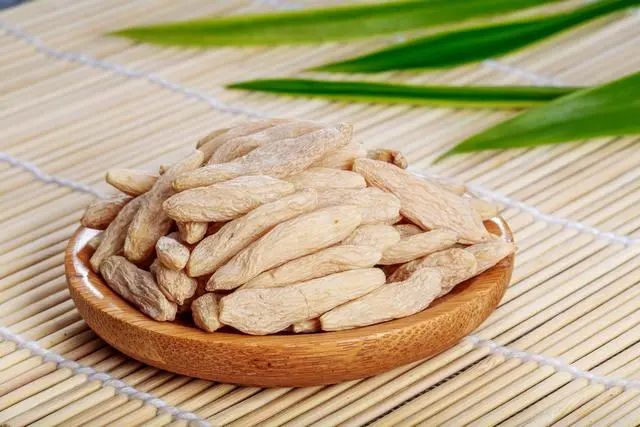
Fucheng radix ophiopogonis, also known as Sichuan radix ophiopogonis or Mianyang radix ophiopogonis, is a specialty of Santai County (Fucheng County in ancient times), Mianyang City, Sichuan Province. It is a rare, valuable Chinese herb that serves both as food and medicine, and enjoys a good reputation across many countries.
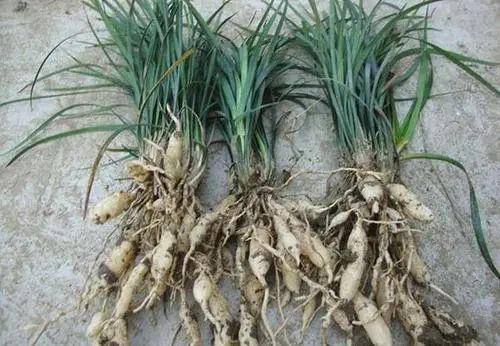
Radix ophiopogonis (maidong or maimendong in Chinese) is the root tuber of ophiopogon japonicus or ophiopogon bodinieri of the Liliaceae family. Sweet and slightly bitter in taste and cold in nature, it can replenish the essential body fluids, improve pulmonary functions, and relieve internal heat, thus is good for human health. It is part of the famous traditional Chinese medicine (TCM) formula Shengmai Yin (“pulse-activating drink”) that treats lack of qi (the vital energy circulating in the body) and body fluids, together with ginseng and Chinese magnoliavine. Shennong Bencao Jing (Divine Farmer’s Classic of the Materia Medica), China’s earliest work on materia medica listed it as a top-grade herb for body-fluid-generation and lung-improvement and suggested that long-term consumption leads to lightening of the body, anti-aging, and anti-hunger. Bencao Yanyi (Extension to the Pharmacopoeia), a book on drugs of the Northern Song Dynasty (960–1127) noted that radix ophiopogonis can treat heat in heart and lungs due to deficiency.

The planting of Fucheng radix ophiopogonis dates back to over 500 years ago. In the late Yuan Dynasty (1206–1368) and early Ming Dynasty (1368–1644), local residents of Santai County (which used to be Fucheng County of the Western Shu State) in the Fujiang River basin domesticated the wild ophiopogon japonicus, hence its name “Fucheng radix ophiopogonis.” It was recorded in Common Medicinal Herbs in China, Annals of Medicine and Health of Sichuan Province, and Annals of Santai County that radix ophiopogonis was first included in Bencao Pinhui Jingyao (Collection of the Essential Medical Herbs of Materia Medica) published in 1502, the third year of Hongzhi era during the reign of Emperor Xiaozong of the Ming Dynasty. It was also among the 33 herbs from Tongchuan (today’s Santai County) listed in Annals of Tongchuan compiled in Jiajing era during the reign of Emperor Shizong (1522–1566) of the Ming Dynasty. According to the eighth volume on products of Annals of Santai County compiled during the reign of Emperor Jiaqing (1760–1820) of the Qing Dynasty, maimendong, also known as yujiu (“garlic chive-like plant”) or jieqiancao (“grass before doorsteps”), has green leaves and is similar to garlic chives. Growing in fertile land all the year round, the bushy plant is a well-known, high-quality drug native to Sichuan.

Located in the Fujiang River basin and the triangular region where the Yangtze River and Jialing River meet, the production area of Fucheng radix ophiopogonis is an ideal place for growing this plant in terms of natural conditions. It has a humid subtropical monsoon climate characterized by a mild climate, four distinct seasons, and sufficient sunshine and heat. Specifically, spring in the area boasts less precipitation; summer is hot and rainy; autumn enjoys continuous rainfall; and winter features warmness and less snowfall. The soil is alkaline in brown-purple or yellow-purple and there are abundant rivers.

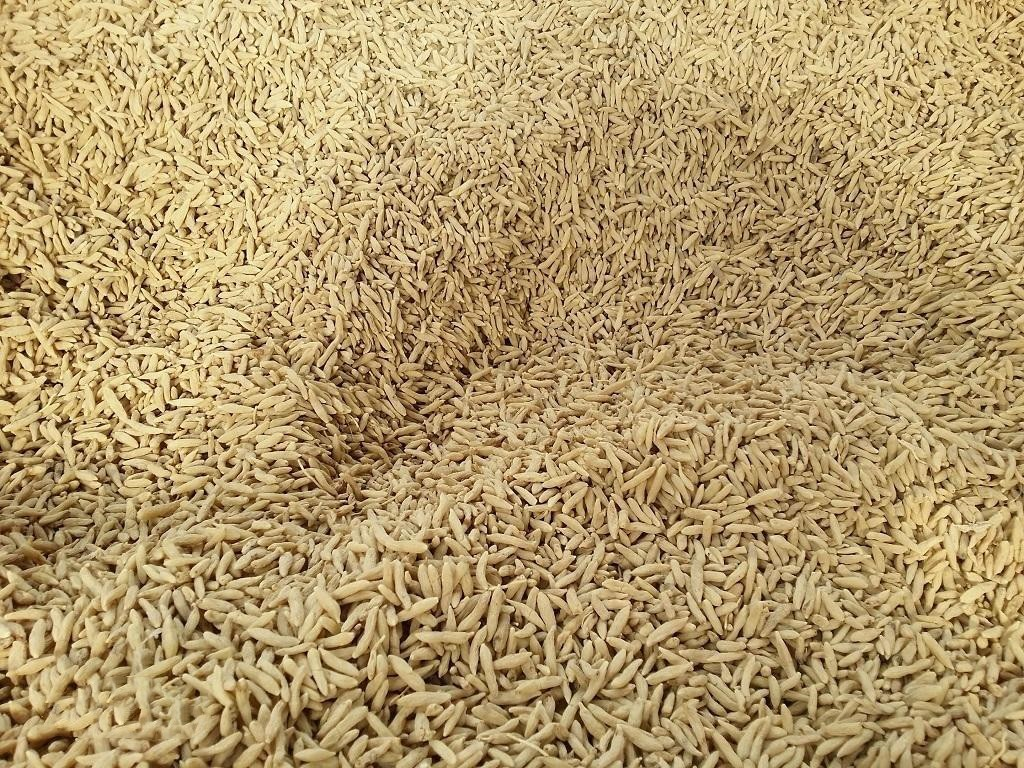
Known as the “home of radix ophiopogonis in China,” Santai County serves as China’s largest planting base, trading hub, and research and deep-processing center for radix ophiopogonis. About 40 square kilometers of land is sowed with Fucheng radix ophiopogonis, which yields 15,000 tons per year on average, amounting for more than 70% of China’s total output and contributing to 80% of exports. The best of its kind, Fucheng radix ophiopogonis is on the market of Southeast Asian countries, European Union countries, Japan, Republic of Koreas, and so forth.
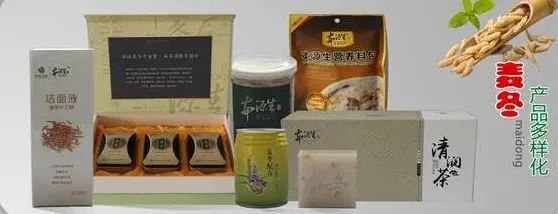
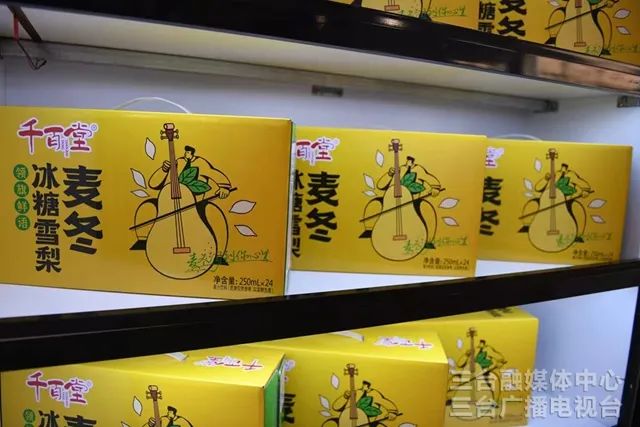

Aiming at making the best use of radix ophiopogonis to benefit local people, a provincial-level research institute has been established in Sichuan, which invites experts in soil, plantation, pharmacy, food and other fields to build a complete industrial chain of radix ophiopogonis. At the China Maidong Museum, visitors can find a surprisingly large variety of derivatives of radix ophiopogonis, including drinks, soup pack, tea, and cosmetics. Fucheng radix ophiopogonis is already a part of Santai locals’ day-to-day life. It is a good mate for stewed chicken during Chinese New Year and a best choice when Santai people want to treat visitors a hot cup of tea.
